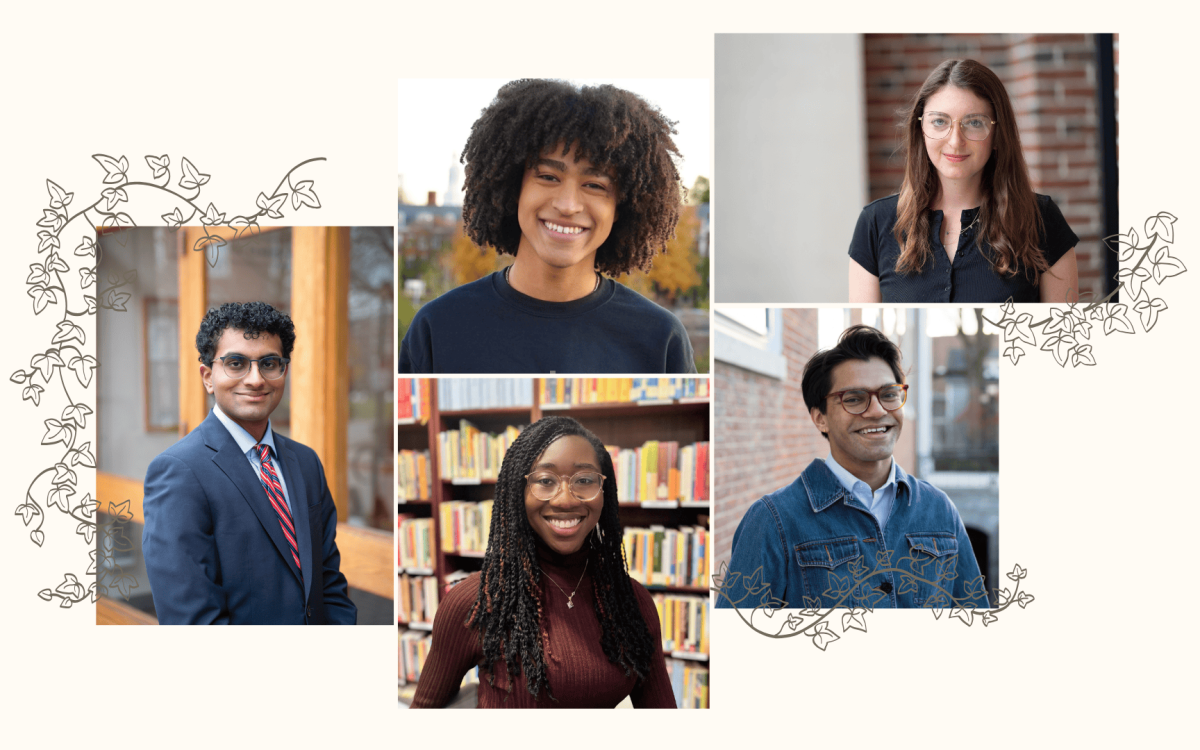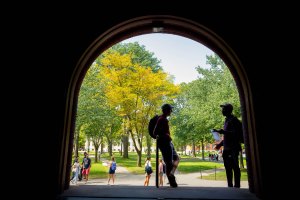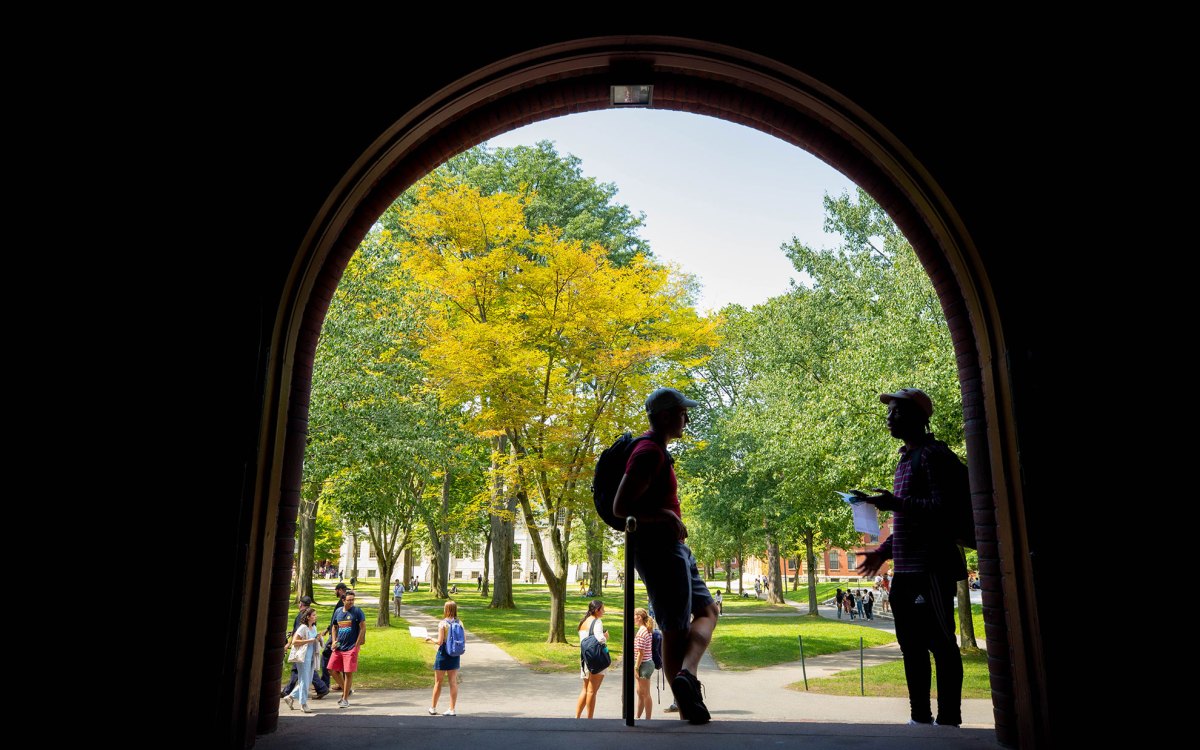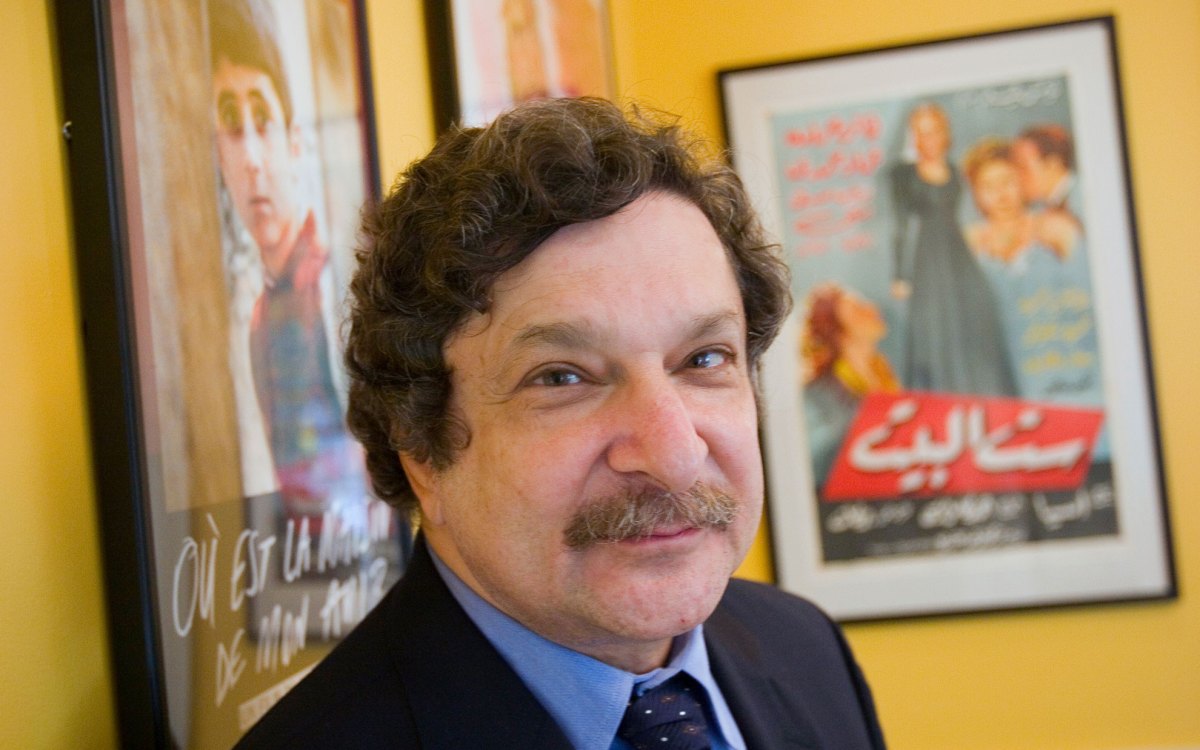Human biological clock set back an hour
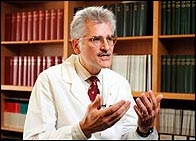
The internal clock that drives the daily activities of all living things,
from wild flowers to whales, is wound by Earth’s rotation. The 24-hour
cycle, tied to one turn of the planet on its axis, embodies a biological
clock mimicked by timepieces invented to measure the human day.
But these external clocks don’t exactly match the biological
tickings inside ourselves. Many measurements led to the conclusion that the
internal clock period is actually closer to 25 hours; that is, the biological
clock was thought to drift toward a 25-hour day unless it is set back an hour
each day by exposure to morning light and to external clocks. This situation is
blamed for a long list of sleep problems.
Now, the most accurate measurements to date, made by researchers at
Harvard University, reveal that our natural daily rhythm is much closer to that
of other living things than previously believed. The better match opens the way
for experts to more effectively treat sleep problems involving night work, jet
lag, Earth-orbiting astronauts, or just not being able to go to sleep and wake
up on time.
By recording the daily rhythms of hormones and body temperatures in 24
healthy young and old men and women over a one-month period, the researchers
conclude that our internal clocks run on a daily cycle of 24 hours, 11
minutes.
“That’s slightly longer than 24 hours, but significantly
shorter than past estimates of 25 hours,” says Charles Czeisler, professor
of medicine at the Harvard Medical School. “Researchers previously reported
a range of 13 to 65 hours, with a median of 25 hours, 12 minutes. The variation
between our subjects, with a 95 percent level of confidence, was no more than
plus or minus 16 minutes, a remarkably small range.”
“These data reveal that the human circadian pacemaker is as stable
and precise in measuring time as that of other mammals,” notes Richard
Kronauer, Gordon McKay Professor of Mechanical Engineering. “These results
apply to both young and older people, and have practical implications for
understanding and developing treatments for sleep disorders tied to circadian
[daily] rhythms.”
Czeisler, Kronauer, and colleagues reported their findings in the June 25
issue of Science magazine. Co-authors of the report include Emery Brown,
assistant professor of anesthesia; Derk-Jan Dijk, assistant professor of
medicine, and research fellow Jeanne Duffy, all of the Harvard Medical
School.
28-Hour Days
“It was both surprising and reassuring that the human clock runs
with the same precision as that of other living things,” Czeisler comments.
“But we did not expect to find that both young and old people have the same
daily period.”
Many experts believe that the clock speeds up with age, and they use that
idea to explain why elders wake up earlier in the morning. With that idea now
put to bed, researchers need to come up with new theories for these early
awakenings.
Why are these measurements more accurate than previous ones?
“Other investigators used elaborate procedures to shield subjects
from time cues and the outside world,” answers Czeisler, who is also
director of circadian and sleep disorders medicine at Brigham and Women’s
Hospital in Boston. “They even coiled copper wire around the rooms in which
people were isolated to counteract natural electromagnetic fields. However,
these experimenters allowed their subjects to switch on lights when they were
awake and turn them off when they wanted to sleep. They didn’t think this
would have any effect, but switching on electric lights resets the biological
clock. It’s the same as resetting your watch.”
Kronauer calculated that changing ordinary room light in such experiments
can shift the apparent circadian cycle by more than 40 minutes.
The Harvard team had their subjects go to bed four hours later each day,
effectively creating a 28-hour day. This strategy disconnected the biological
pacemaker from clock time.
“The 28-hour cycle distributed light exposure, sleep and
wakefulness, work and play evenly around the biological clock,” explains
Czeisler. “The men and women did not get light exposure at the same time
each clock day. Instead, they experienced a six-day week in which light and dark
occurred at different times each day.”
This altered schedule freed their internal clocks from the sleep-wake
cycle and allowed them to tick at the natural period. Despite six-day weeks,
their body temperatures and hormone secretions went through seven cycles every
week. Sleepiness was tied to a drop in core body temperature and to an increase
in melatonin, a hormone secreted by the pineal gland and sold over-the-counter
as a sleeping pill.
Czeisler’s crew also measured changes in cortisol, a hormone
involved in metabolism and other basic body functions. Cortisol naturally drops
to its lowest levels at bedtime and reaches its highest point during early
waking hours.
The result was clear. No matter when the subjects went to bed or got up,
and whatever they did while awake, body temperature and hormones rose and fell
on an average cycle of 24 hours and 11 minutes.
What do people do when isolated in a timeless room for a month? Some of
them were graduate students, and they worked on various school projects or wrote
their dissertations. Others did oil paintings or busied themselves with jigsaw
puzzles. One man, a geologist, brought his rock collection and chipped the time
away with a rock hammer. Yet others read, thought about the world, and enjoyed
the phoneless, e-mailless solitude.
Rethinking Biological Time
Czeisler, Kronauer, and some colleagues first presented the case for
a near-24-hour biological clock in 1989. “The many years of experiments
done since then, including this latest work, makes us confident in the accuracy
of our measurements,” Czeisler says.
Apparently, Earth’s rotation impresses a 24-hour period on the genes
of humans and other living things. The human clock consists of a cluster
of nerve cells (the suprachiasmtic nucleus) barely a hundredth of an inch in
size, located deep in the brain and connected to the eyes’ optic
nerves.
“Accepting the near-24-hour period means that all the ideas about
daily human rhythms that we take for granted must be rethought,” Czeisler
says. For example, biological clock lore states that we drift to a later wake-up
hour on weekends because we fail to reset the 25-hour cycle each morning as we
go to work.
“We’re not drifting,” Czeisler insists. “We’re
pushing ourselves to a later time with our exposure to electric lights from
sunset to bedtime. That resets our biological clocks.”
The resetting, which leads to difficulty in awakening on Monday, can, in
many cases, be “cured” by going to bed earlier on weekends. Awakening
too early often can be avoided by going to bed later.
To deal with night-shift work, jet lag, sleeping in an orbiting
spacecraft, or the winter blues, our biological clocks can be reset by timed
exposure to bright light. “To determine the correct exposure, however, we
must pin down the internal circadian period, the natural rhythm of our
bodies,” Czeisler points out. “Now, we are able to do this more
effectively than before.”
